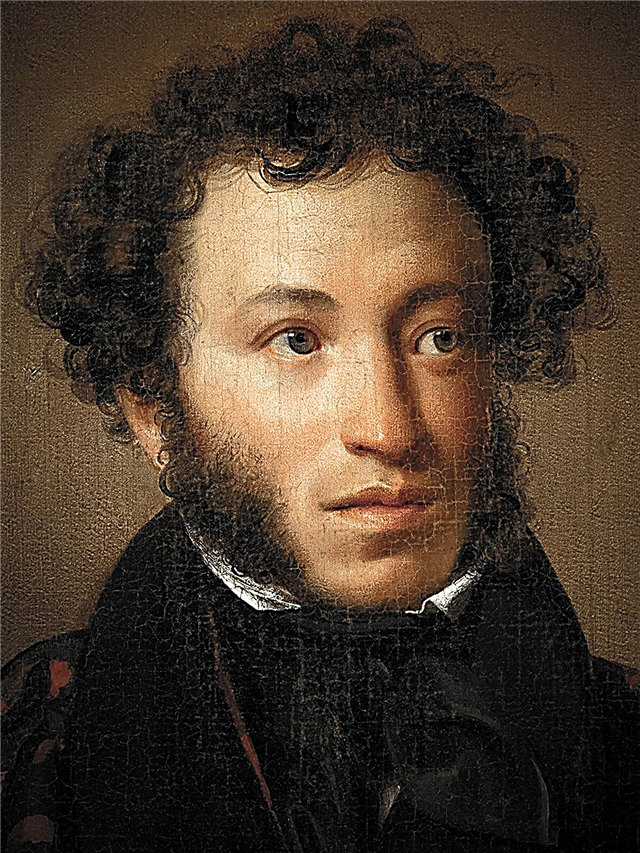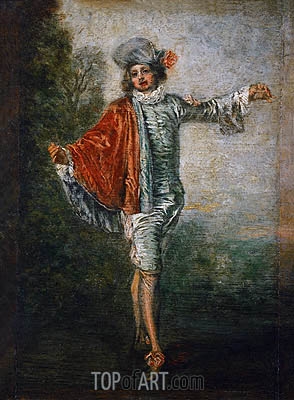Hamlet is one of the greatest Shakespearean tragedies. The eternal questions raised in the text concern mankind so far. Love conflicts, topics related to politics, thoughts about religion: all the main intentions of the human spirit are collected in this tragedy. Shakespeare's plays are both tragic and realistic, and the images have long become eternal in world literature. Perhaps this is precisely their greatness.
History of creation
The famous English author was not the first to write the story of Hamlet. Before him there was a "Spanish tragedy" written by Thomas Kid. Researchers and literary scholars suggest that Shakespeare borrowed the plot from him. However, Thomas Kidd himself probably referred to earlier sources. Most likely, these were short stories of the early Middle Ages.
Saxon Grammatik in his book "The History of the Danes" described the real story of the ruler of Jutland, who had a son under the name Amlet (Eng. Amlet) and the wife of Gerut. The ruler had a brother who envied his wealth and decided to kill, and then married his wife. Amlet did not submit to the new ruler, and, learning about the bloody murder of his father, decides to take revenge. The stories coincide down to the smallest detail, but Shakespeare differently interprets the events and penetrates deeper into the psychology of each hero.
Essence
Hamlet returns to his Elsinore castle at his father’s funeral. From the soldiers who served in the court, he learns about the ghost that comes to them at night and outlines reminiscent of the late king. Hamlet decides to meet an unknown phenomenon, the further meeting terrifies him. The ghost reveals to him the true cause of his death and inclines his son to revenge. The Danish prince is perplexed and is on the verge of madness. He does not understand whether he really saw the spirit of his father, or is it the devil who visited him from the depths of hell?
The hero ponders what happened for a long time and finally decides to find out on his own whether Claudius is really guilty. To do this, he asks the troupe of actors to play the play “The Killing of Gonzago” in order to see the king’s reaction. During the key moment in the play, Claudius becomes ill, and he leaves, at this moment the ominous truth is revealed. All this time, Hamlet pretended to be crazy, and even the Rosencrantz and Guildenstern who were sent to him could not find out from him the true motives of his behavior. Hamlet intends to talk with the queen in her chambers and accidentally kills Polonius, who hid behind the curtain to eavesdrop. He sees in this accident a manifestation of the will of heaven. Claudius understands the criticality of the situation and is trying to send Hamlet to England, where he should be executed. But this does not happen, and the dangerous nephew returns to the castle, where he kills his uncle and himself dies from the poison. The kingdom passes into the hands of the Norwegian ruler Fortinbras.
Genre and direction
“Hamlet” is written in the genre of tragedy, but the “theatricality” of the work should be taken into account. Indeed, in the understanding of Shakespeare, the world is a stage, and life is a theater. This is a kind of specific attitude, a creative look at the phenomena surrounding a person.
Shakespeare's dramas are traditionally attributed to baroque culture. She is characterized by pessimism, gloom and aesthetization of death. These features can be found in the work of the great English playwright.
Conflict
The main conflict in the play is divided into external and internal. Its external manifestation is in the attitude of Hamlet to the inhabitants of the Danish court. He considers them all base creatures, devoid of reason, pride and dignity.
The internal conflict is very well expressed in the emotional experiences of the hero, his struggle with himself. Hamlet chooses between two behavioral types: new (renaissance) and old (feudal). He is formed as a fighter, not wanting to perceive reality as it is. Shocked by the evil that surrounded him from all sides, the prince is going to fight him, despite all the difficulties.
Composition
The main compositional canvas of the tragedy consists of a story about the fate of Hamlet. Each individual layer of the play serves to fully reveal his personality and is accompanied by constant changes in the thoughts and behavior of the hero. Events gradually unfold in such a way that the reader begins to feel a constant tension, which does not stop even after the death of Hamlet.
The action can be divided into five parts:
- First part - tie. Here Hamlet meets the ghost of a deceased father, who bequeaths to him to avenge his death. In this part, the prince first encounters human betrayal and meanness. From this begins his anguish, which do not let him go until his death. Life becomes meaningless to him.
- Second part - action development. The prince decides to pretend to be crazy in order to deceive Claudius and find out the truth about his act. He also accidentally kills the royal adviser - Polonius. At this moment, he comes to the realization that he is the executor of the highest will of heaven.
- The third part - climax. Here, with the help of a trick with the play, Hamlet is finally convinced of the guilt of the ruling king. Claudius realizes how dangerous his nephew is and decides to get rid of him.
- The fourth part - the Prince is sent to England to be executed there. At the same moment, Ophelia goes crazy and tragically dies.
- Fifth part - denouement. Hamlet escapes execution, but he has to fight Laertes. In this part, all the main participants in the action die: Gertrude, Claudius, Laertes and Hamlet himself.
The main characters and their characteristics
- Hamlet - From the very beginning of the play, the reader’s interest focuses on the personality of this character. This "book" boy, as Shakespeare himself wrote about him, suffers from a disease of the approaching century - melancholy. At its core, he is the first reflecting hero of world literature. Someone might think that he is a weak, incapable person. But in fact, we see that he is strong in spirit and is not going to submit to the problems that have befallen him. His perception of the world is changing, particles of past illusions are turning to dust. From this appears the very “hamletism” - the internal discord in the hero’s soul. By nature, he is a dreamer, a philosopher, but life forced him to become an avenger. The character of Hamlet can be called "Byronic", because he is maximally focused on his internal state and is rather skeptical about the world around him. He, like all romantics, is prone to constant doubt in himself and throwing between good and evil.
- Gertrude - mother of Hamlet. The woman in whom we see the makings of the mind, but a complete lack of will. She is not alone in her loss, but for some reason she is not trying to get close to her son at a time when grief happened in the family. Without the slightest remorse, Gertrude betrays the memory of her late husband and agrees to marry his brother. Throughout the action, she constantly tries to justify herself. When dying, the queen understands how erroneous her behavior was, and how wise and fearless her son was.
- Ophelia - daughter Polonia and Hamlet's lover. A meek girl who loved the prince until her death. Trials that she could not endure also fell on her lot. Her insanity is not a simulated move invented by someone. This is the craziness that comes at the moment of true suffering, it cannot be stopped. There are some hidden indications in the work that Ophelia was pregnant from Hamlet, and from this the realization of her fate becomes doubly difficult.
- Claudius - the man who killed his brother in order to achieve his own goals. Hypocritical and vile, he still carries a heavy burden. The torment of conscience devours him daily and does not allow him to fully enjoy the rule he came to in such a terrible way.
- Rosencrantz and Guildenstern - the so-called "friends" of Hamlet, who betrayed him at the first opportunity to make good money. Without delay, they agree to deliver a message that speaks of the death of the prince. But fate prepared a worthy punishment for them: as a result, they die instead of Hamlet.
- Horatio - An example of a true and true friend. The only person the prince can trust. Together they go through all the problems, and Horatio is ready to share even death with a friend. It is to him that Hamlet trusts to tell his story and asks him to "breathe more in this world."
Topics
- Hamlet's Revenge. The prince was destined to bear the heavy burden of revenge. He cannot coldly and prudently deal with Claudius and regain his throne. His humanistic attitudes make us think about the common good. The hero feels his responsibility for those who suffered from the evil spread around. He sees that it was not Claudius alone who was to blame for the death of his father, but the whole of Denmark, which blithely closed her eyes to the circumstances of the death of the old king. He knows that in order to commit revenge, he needs to become an enemy to the whole environment. His ideal of reality does not coincide with the real picture of the world, the "shaky age" causes hostility in Hamlet. The prince realizes that he will not be able to restore peace alone. Such thoughts plunge him into even greater despair.
- Hamlet's love. Before all those terrible events in the life of the hero was love. But, unfortunately, she is unhappy. He madly loved Ophelia, and there is no doubt about the sincerity of his feelings. But the young man is forced to give up happiness. After all, the proposal to share sorrows together would be too selfish. To finally break the connection, he has to hurt and be merciless. Trying to save Ophelia, he could not even think how great her suffering would be. The impulse with which he rushes to her coffin was deeply sincere.
- Hamlet's friendship. The hero appreciates friendship and is not used to choosing friends for himself, based on an assessment of their position in society. His only true friend is the poor student of Horatio. At the same time, the prince is contemptuous of betrayal, which is why he is so cruel to Rosencrantz and Guildenstern.
Problems
The issues covered in Hamlet are very broad. Here are the themes of love and hate, the meaning of life and the purpose of man in this world, strength and weakness, the right to revenge and murder.
One of the main ones is problem of choicefaced by the protagonist. There is a lot of uncertainty in his soul, he lonely thinks and analyzes for a long time everything that is happening in his life. There is no one near Hamlet who could help him make a decision. Therefore, he is guided only by his own moral principles and personal experience. His consciousness is divided into two halves. In one lives a philosopher and humanist, and in the other, a man who understands the essence of a rotten world.
His key monologue “To be or not to be” reflects all the pain in the hero’s soul, the tragedy of thought. This incredible internal struggle exhausts Hamlet, imposes thoughts of suicide on him, but he is stopped by the unwillingness to commit another sin. He began to care more and more about the theme of death and its mystery. What's next? Eternal darkness or the continuation of the suffering that he suffers during his lifetime?
Meaning
The main idea of the tragedy is to search for the meaning of being. Shakespeare shows an educated man, forever seeking, with a deep sense of empathy for everything that surrounds him. But life forces him to face true evil in various manifestations. Hamlet is aware of him, trying to figure out exactly how it arose and why. He is shocked by the fact that one place can so quickly turn into hell on Earth. And the act of his revenge is to destroy the evil that has penetrated his world.
Fundamental to the tragedy is the idea that behind all these royal skirmishes there is a great turning point in the whole of European culture. And at the tip of this fracture, Hamlet emerges - a new type of hero. Along with the death of all the main characters, the prevailing system of worldview collapses for centuries.
Criticism
In 1837 Belinsky wrote an article dedicated to Hamlet, in which he called the tragedy “a brilliant diamond” in the “radiant crown of the king of dramatic poets”, “crowned by the whole of humanity and not having an rival before or after itself”.
In the image of Hamlet there are all universal human features "<...> it's me, this is each of us, more or less ...", Belinsky writes about him.
S. T. Coleridge in Shakespeare's Lectures (1811–1812) writes: “Hamlet hesitates due to its natural sensitivity and is delayed by reason, which forces him to turn effective forces in search of a speculative solution.”
Psychologist L.S. Vygotsky drew attention to the connection of Hamlet with the other world: “Hamlet is a mystic, this determines not only his mental state on the threshold of double being, two worlds, but also his will in all its manifestations.”
A literary critic V.K. Kantor examined the tragedy from a different angle and in his article “Hamlet as a“ Christian Warrior ”” indicated: “The tragedy“ Hamlet ”is a system of temptations. He is tempted by a ghost (this is the main temptation), and the prince's task is to check whether the devil is trying to introduce him into sin. Hence the theater trap. But at the same time he is tempted by the love of Ophelia. Temptation is a constant Christian problem. ”


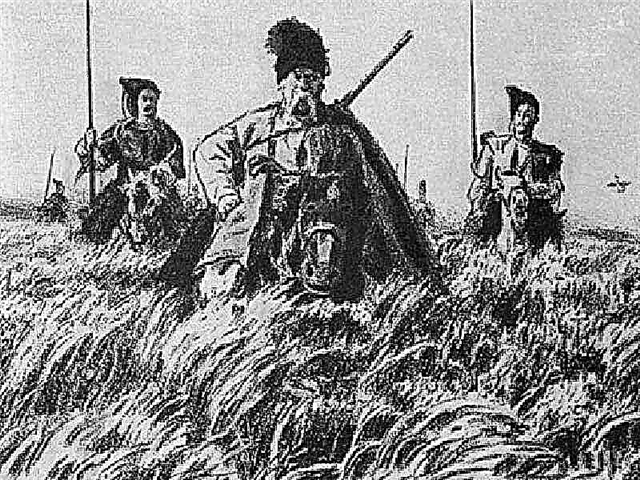
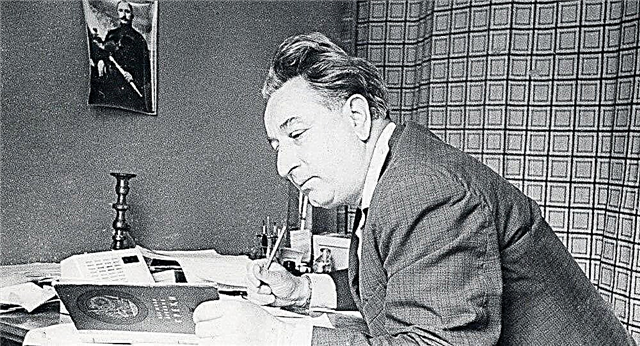

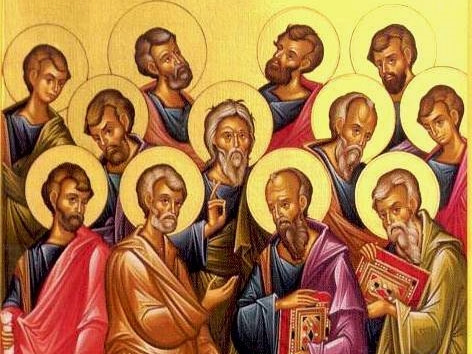
 McKinsey Tools
McKinsey Tools


